Debu Chaudhuri wrote the following introduction.
My friend Parth Sircar sent me a nice article titled Mohan Bagan IFA Shield 1911. It inspired me to get some historical background of football. My father used to tell me he used to play with Bathabi lebu (বাতাবি লেবু) while in the village in Bangladesh with friends from primary school. That was their most fun at that time. So I got doubly interest to find the evolution of football, now popularly known as soccer.
“Nagendra Prasad Sarbadhikary” may be considered as the father of Indian football for his role in introducing soccer as a teenager in the year 1877 at Hare School, Calcutta.
Before I go any further about football at Calcutta, I decided to explore the evolution of football by searching via Google, similar to this kind of kick game evolved goes as far back over 3000 years. Then the ball was a symbol of sun and power, while a losing team captain declared as a sacrificial object to the god. The first known kicking ball game took place in China in the 3rd and 2nd century BC under the name Cuju. Ancient Greece used to compete with a round ball made by shreds of leather filled with hair. Eventually, the Roman culture had introduced football to the British island (Britannica).
Even then passion used to run very high among the teams and spectators. It was believed a rampage actually caused some deaths as early as the 16th century. After a short break, football-like games started in the streets of London in the 17th century.
Now, let us go back to Calcutta’s role in Indian football history. “The Boys’ Club,” was founded by Nagendra Prasad around 1877. He formed few other clubs, a club named Wellington was a prominent one because famous Moni Das from a lower caste was one of the first members to be inducted by Nagendra Prasad to the Wellington club. Unfortunately, he was forced to dissolve the Wellington Club in 1884 after 500 members left the club due to the caste issue. With disgust, he founded the Sovabazar Club with new club members and first member Moni Das. Moni Das later became captain of Mohan Bagan Club.
Durand Cup was founded by then India’s Foreign Secretary, Mortimer Durand at Shimla, India. In 1893 the IFA Shield was founded as the fourth oldest trophy in the world.
Several football clubs like Calcutta FC, Sovabazar and Aryan Club were established in Calcutta during that time. The major event that showed a rise in Indian Football was in 1911 when Mohan Bagan Athletic Club defeated East Yorkshire Regiment 2–1 in the final of the IFA Shield. This was the first time an Indian team won a major national tournament.
Now the original subject matter (Mohan Bagan IFA Shield 1911) starts here.
The following was sent by Apurba Chatterjee to Partha…
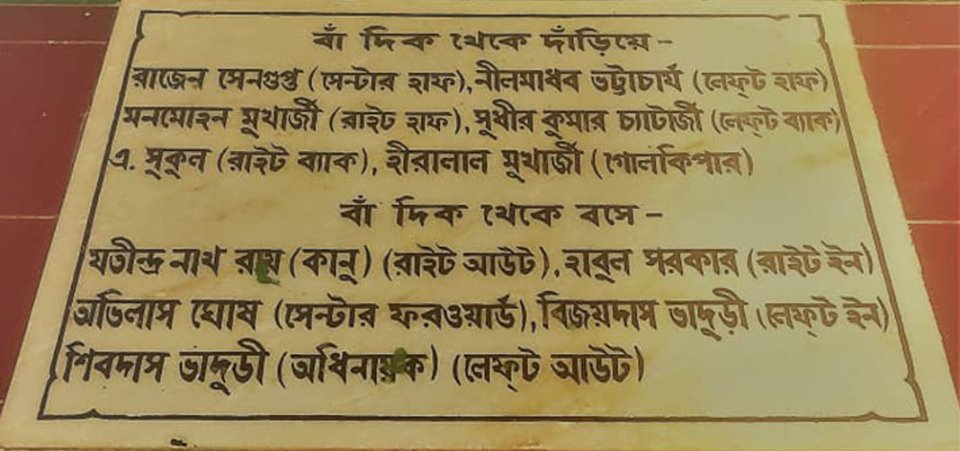
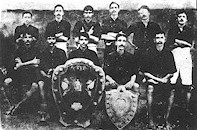
Also added the following – a memorable team everyone with a mustache.
The Mohun Bagan AC winning Team at the 1911 IFA-Shield
Calcutta’s “Mohun Bagan Athletic Club” became the first Indian team to win the IFA-Shield in 1911.
TEAM:
Hiralal Mukherjee; Bhuti Sukul, Sudhir Chatterjee, Manmohan Mukherjee, Rajen Sengupta, Nilmadhav Bhattacharya, Kanu Roy, Habul Sarkar, Abhilash Ghosh, Bijoydas Bhaduri, Shibdas Bhaduri (CAPTAIN).
RESULTS:
First Round:
??-Jul-11: Mohun Bagan AC – St. Xavier’s 3-0
??-Jul-11: Mohun Bagan AC – Rangers 2-1
2?-Jul-11: Mohun Bagan AC – Rifle Brigade 1-0
2?-Jul-11: Mohun Bagan AC – Middlesex 0-0,3-0
29-Jul-11: Mohun Bagan AC – East Yorkshire Regiment 2-1
[M: Shibdas Bhaduri, Abhilash Ghosh]
Partha Sircar noted the following historical background for the subject matter…
Today, July 29, in 1911, Mohan Bagan defeated the East Yorkshire Regiment by a score of 2 to 1. It was a great day of rejoicing – a monumental event for our collective memories. Eleven young men, ten in bare feet (only Sudhir Chatterjee (later Reverend) was ‘booted’). Those were heady days for the then Calcutta, the Bengalese and by extension possibly for the rest of India. The Parturition of Bengal by Lord Curzon in 1905 started the first serious agitations for freeing India from the yoke of the British. And in 1911 the capital was moved to Delhi. Patriotism and deep yearning for freedom from the yoke of foreign rule were very much in the air.
A story I remember related by Rev. Sudhir Chatterjee in All India Radio on the occasion of the club’s Platinum Jubilee in 1964. The story goes “After the game, I was walking back home through the Maidan with the cup in my hand. An old man beckoned to me. I went to him. Pointing to the cup, the old man said “My boy, you have won this. Now, when are you going to win that?” The old man was pointing to Fort William. Surely the old man was not alive to see that day”. Such were the emotions of the 1911 victory. The story has remained with me all these years. I still seem to hear the voice.


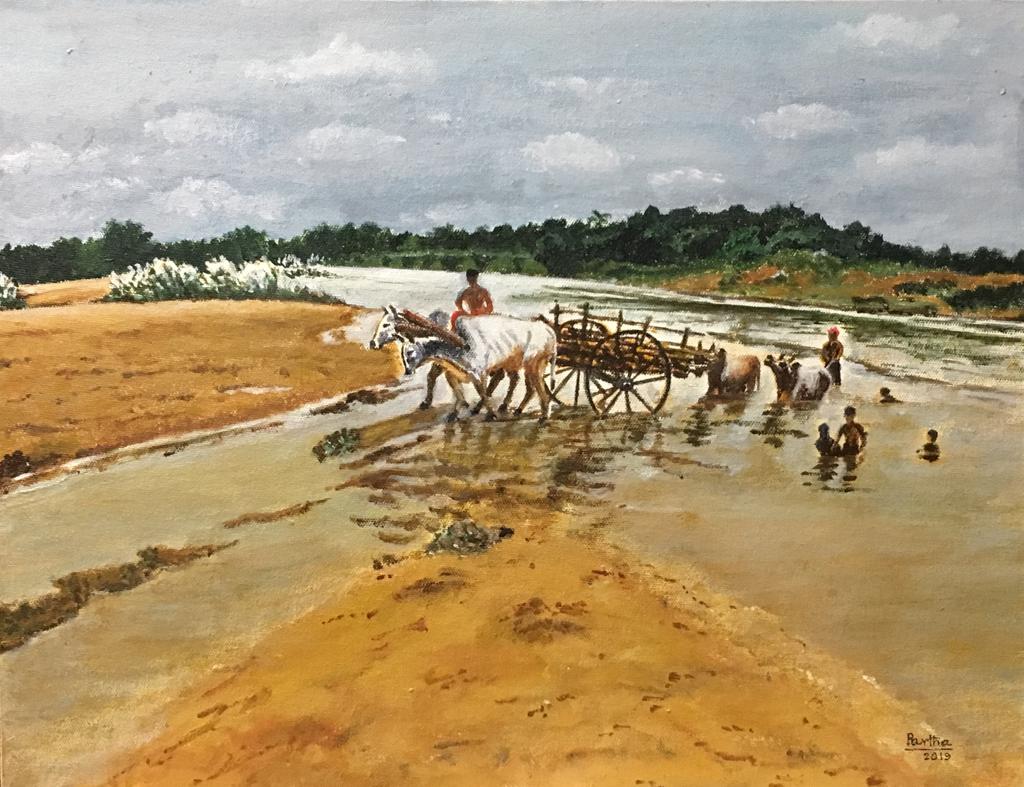

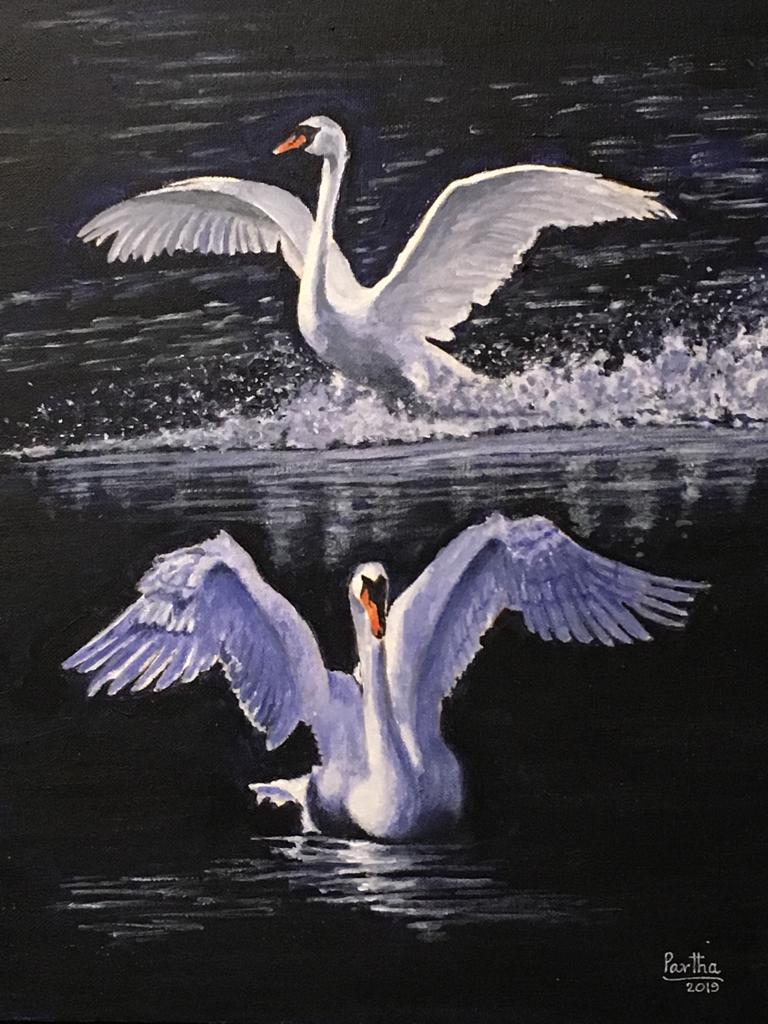
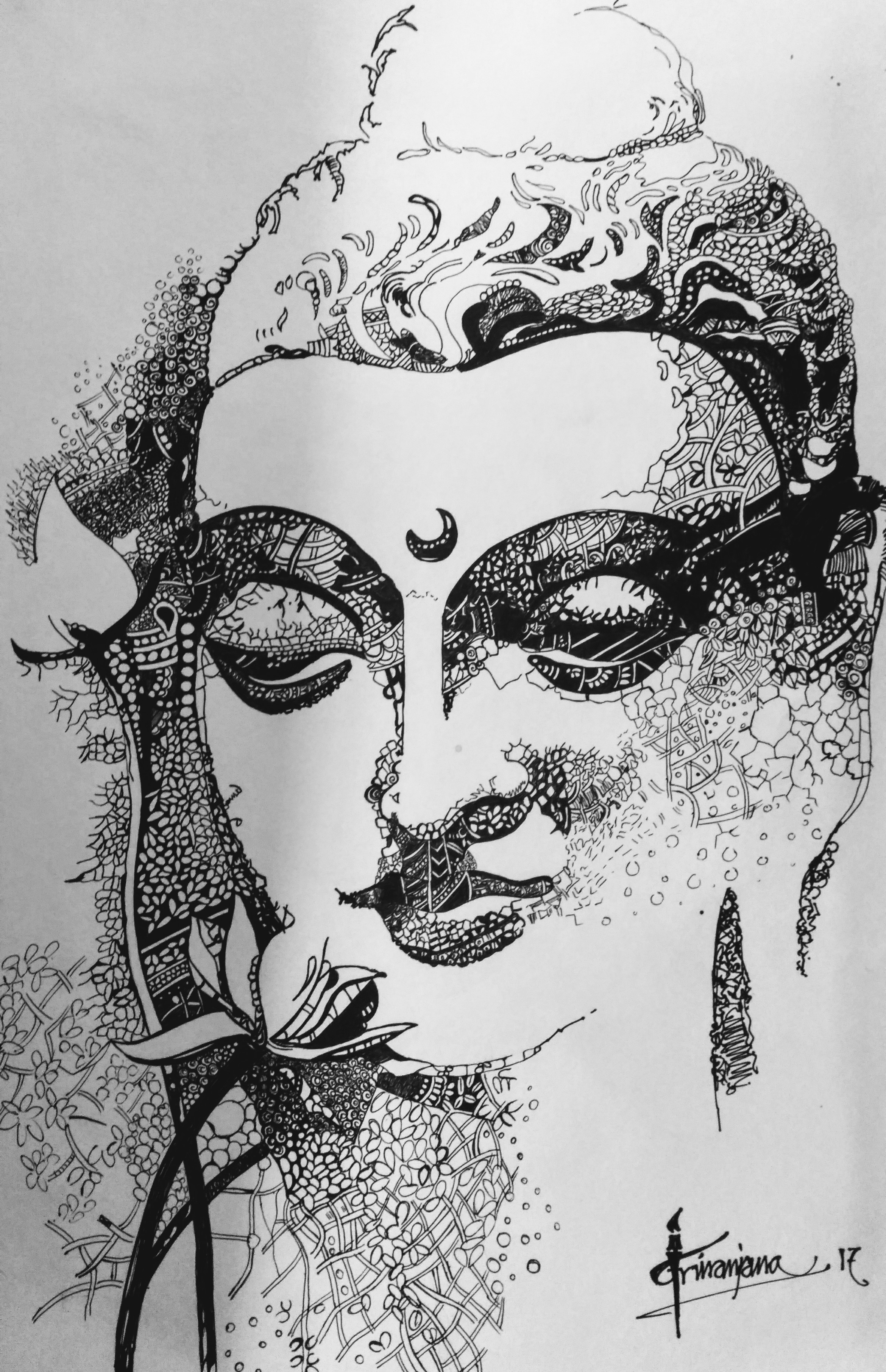


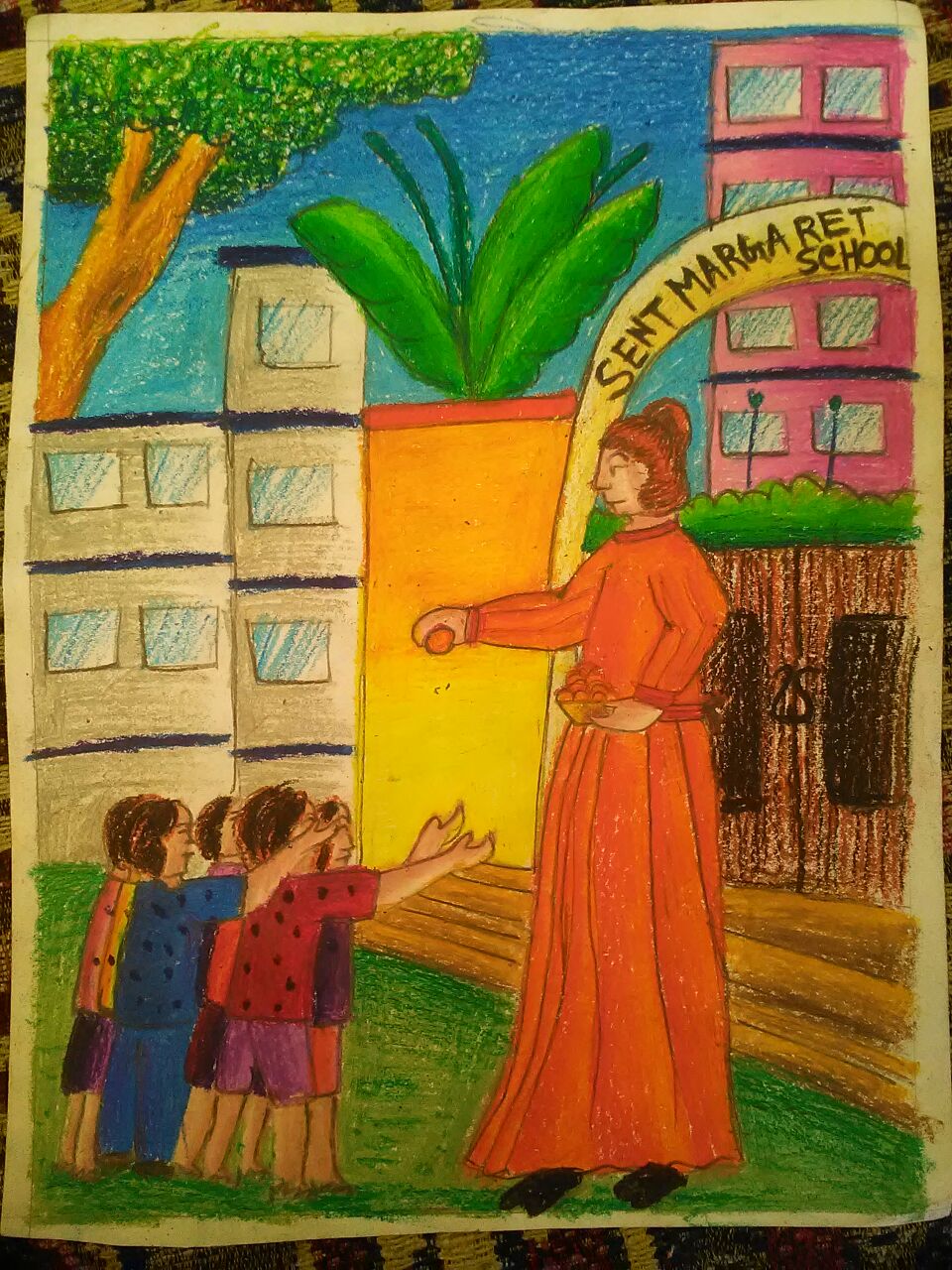



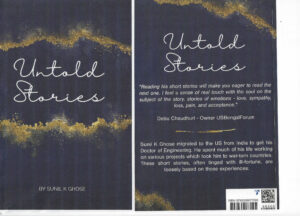

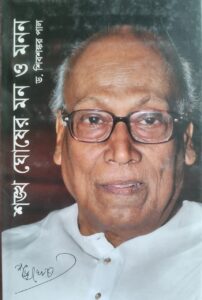

Comments »
No comments yet.
RSS feed for comments on this post. TrackBack URL
Leave a comment